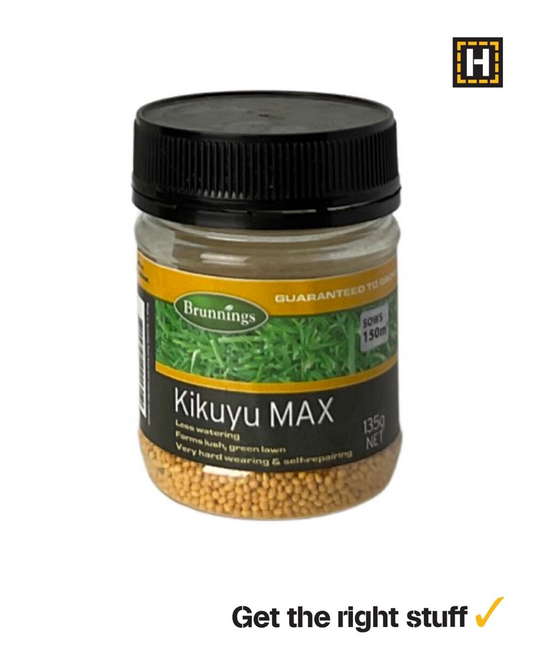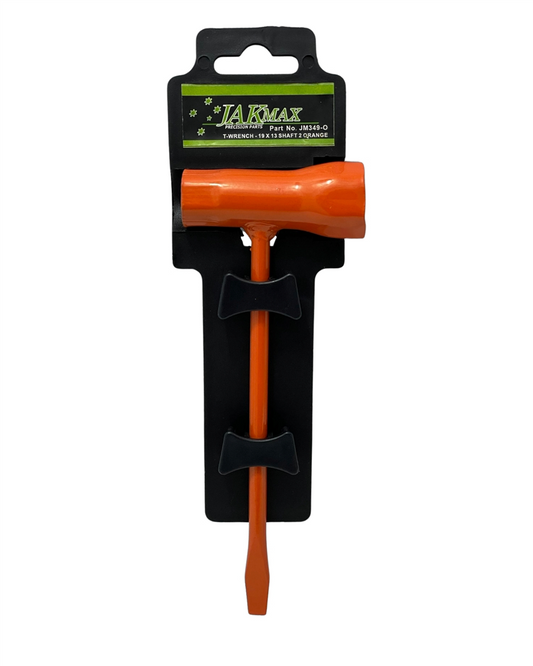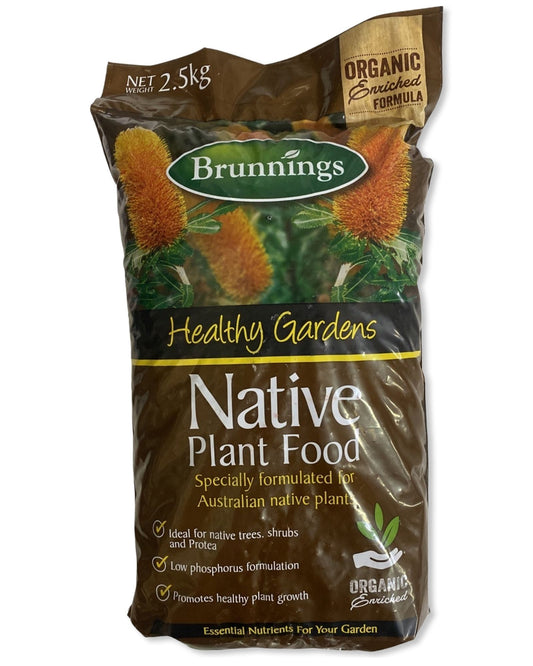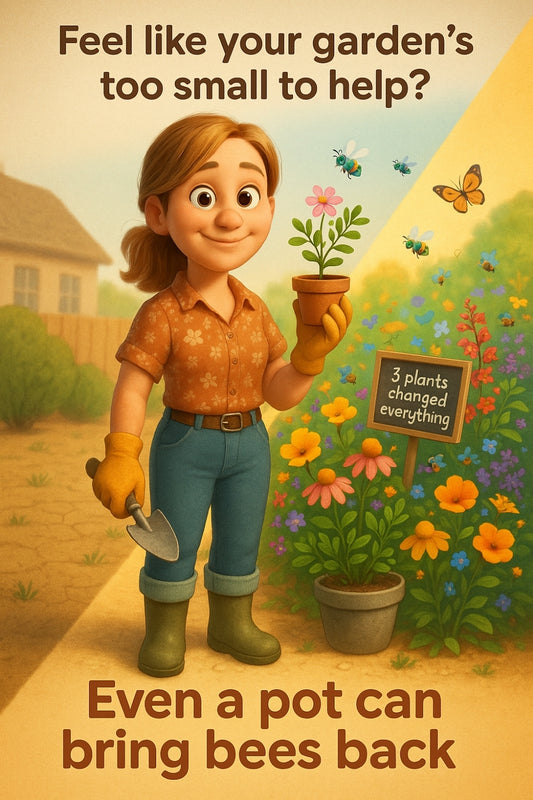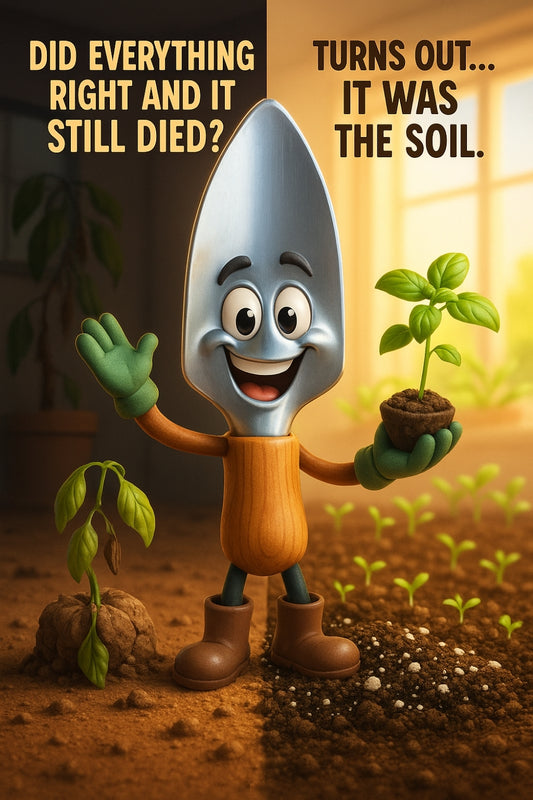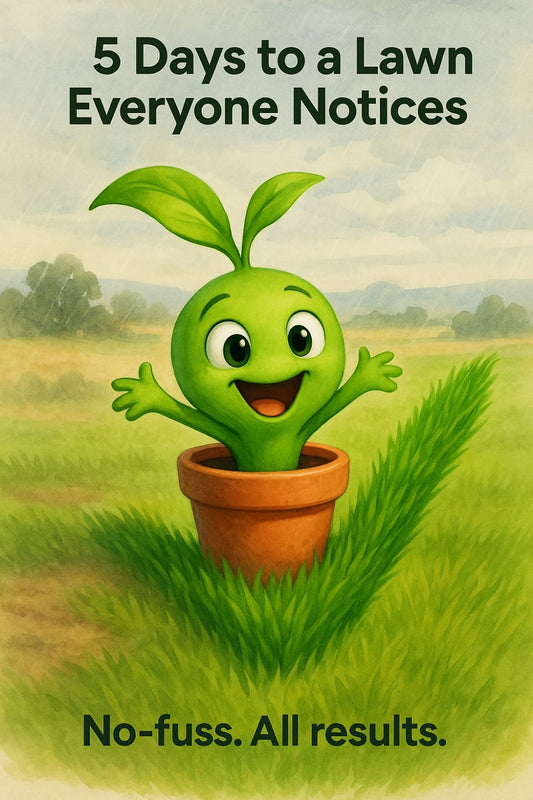Brunnings once helped—until the snails came back, again. Sound familiar? Here’s the fix.
Share
The messier your garden looks, the healthier it probably is
Why pest resistance isn’t about spraying more – it’s about planting smarter
When you picture a garden that’s winning — thriving herbs, juicy tomatoes, flowers spilling from pots — pests probably aren't the first thing you think about. But ask any seasoned gardener this one question:
“What’s the secret to fewer pests without constantly reaching for the bug spray?”
The answer, more often than not, is diversity.
From frustrated to flourishing: what changes when your garden gets some variety
One local gardener we know – let’s call her Kate – was ready to throw in the trowel. Her basil was getting chewed down to twigs every week, and her zucchini were on a slow, sad fade. She’d tried repellents, companion plants, even late-night snail hunts. Nothing clicked – until she changed her entire approach.
Instead of planting rows of the same thing, she built a patchwork: nasturtiums, thyme, tomatoes, marigolds, spring onions – all sharing space.
Over the next month? Dramatic drop in caterpillars. Slugs seemed to... relocate. And the garden looked wilder, yes – but also more alive. Pollinators turned up. So did the ladybirds. The basil made a comeback.
Monoculture: great for farms, risky for backyards
In farming, planting large groups of a single crop makes sense financially – but it’s also why pests spread fast in those systems. If your garden has an entire planter of one tasty thing (hello, coriander corner), it’s like shouting “buffet’s open!” to every bug for miles.
A diverse garden disrupts that signal. It confuses pests, attracts their natural predators, and boosts overall plant resilience. Think of it like this:
- Mixed scents from herbs and flowers create sensory interference for insects.
- Different root systems share – not fight over – nutrients and water.
- Certain plants act as traps, drawing pests away from your prized crop.
It’s not a perfect fence – nature’s messy – but it makes a huge dent in repeat pest attacks.
“But won’t it look chaotic?” Only if you're stuck on straight lines
Most beginner gardeners are taught to go neat and grouped. But nature doesn’t do rows – it does relationships. A healthy garden doesn’t have to be wild, but it does need some friendly disorder.
Ever walked past a garden bed that just felt – alive? Not curated, but capable. That’s the goal. Not perfection. Not symmetry. Just strength through variety.
How to add diversity (without starting over)
You don’t need to rip out your whole setup. Here’s how you can bring balance with a few additions:
- Herb borders – Add strong-smelling herbs like rosemary, thyme, or basil around your other plants.
- Marigold lines – Brilliant against nematodes and makes whiteflies think twice.
- Mix leaf shapes – Different textures confuse insects and create microclimates.
- Try a “sacrificial plant” – Nasturtiums or sunflowers can lure pests from your veggies.
Still not sure what plays nicely together where you live? Local advice beats generic every time. Ask someone who’s gardened through a South Australian summer, preferably standing in front of the seed rack with you.
The secret isn’t more chemicals – it’s fewer clones
It’s tempting to treat a pest problem with something fast and potent. But a garden that repeatedly attracts the same bugs week after week doesn’t just have a pest problem. It has a pattern problem. Diversity breaks that pattern.
Used to be: plant the same thing, get the same struggle. Now: mix it up, plant once, thrive longer.
You don’t need perfection. You need plants that have each other’s backs.
That’s the quiet genius of plant diversity – they work as a team. Where one plant invites bees, another hides carrots from flies. Where one repels aphids, another provides shade. You’re not gardening solo anymore. You’re building a living community that self-regulates with a little help from you.
So if your garden’s struggling with pests, don’t jump to more spray – try more stories. More shapes. More companions. More random surprises. You might just find that what looked messy is actually the beginning of garden harmony.
Happy planting,
Candeece 😊
 Stay Connected
Stay Connected
Join our gardening community on Facebook: Urban Gardener's Notebook
And follow our Store Facebook Page: Strathalbyn H Hardware on Facebook


